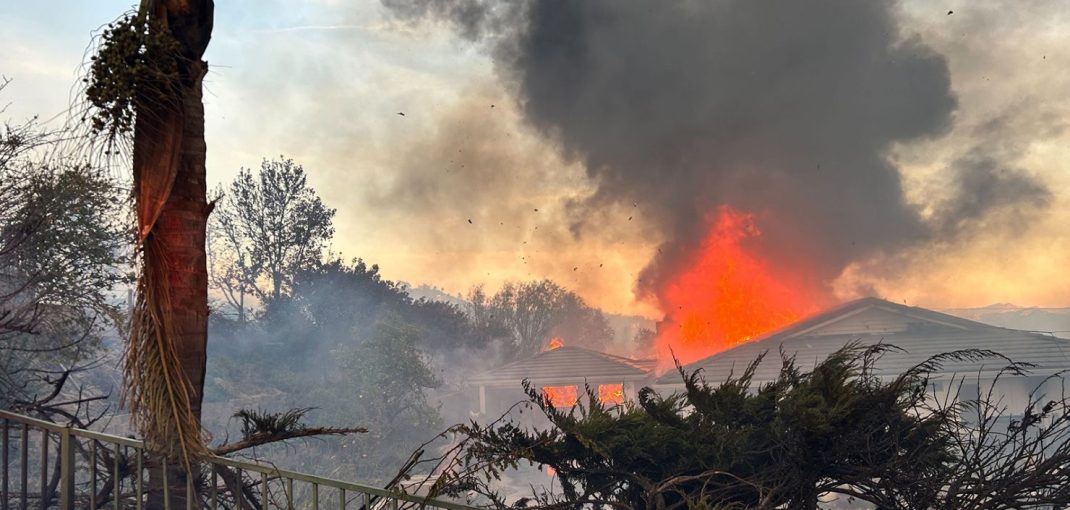California is currently experiencing a challenging wildfire season, with fires burning across various regions and affecting thousands of residents. The Mountain Fire in Ventura County, which began in late October, has destroyed over 20,000 acres and continues to threaten structures and communities in the area. The fire’s rapid spread has led to the evacuation of more than 10,000 people as firefighters work to contain the blaze. In total, the state has reported over 7,000 wildfires this year, with more than 1 million acres burned, a figure that surpasses the five-year average.
The severity of the fires can be attributed to a combination of factors, including California’s exceptionally wet winter and spring seasons, which created an overgrowth of vegetation. As temperatures rose in the summer and fall, this vegetation dried out, creating fuel for the fires. Additionally, strong Santa Ana winds have exacerbated the flames, spreading smoke and fire quickly across Southern California, endangering more homes and lives. CONTINUE BELOW
State and federal resources have been mobilized to combat the fires, including aerial support and firefighters from neighboring states. However, efforts have been complicated by the ongoing drought and persistent dry weather, which have extended the wildfire season beyond the typical end in October. This prolonged season has put a strain on firefighting resources, as containment efforts are slowed by challenging conditions and difficult terrain.
Air quality has also been a significant concern, with dense smoke affecting many communities and leading to advisories for residents to stay indoors. In areas surrounding the fires, air quality has reached unhealthy levels, affecting people with respiratory conditions and prompting school closures and event cancellations. This widespread impact underscores the environmental and health risks associated with large-scale wildfires. CONTINUE BELOW
California’s government has responded with emergency declarations, allowing for additional resources to be allocated to the firefighting efforts. Governor Gavin Newsom has emphasized the importance of federal support and disaster relief funding to aid communities affected by the fires. This funding is crucial for both immediate firefighting needs and for supporting long-term recovery and rebuilding in areas that have experienced severe damage.
The fires this season highlight the growing challenges that climate change presents in managing wildfire risk. With warmer temperatures and prolonged dry periods expected to continue, experts and officials are stressing the need for proactive measures, such as vegetation management and enhanced firefighting infrastructure, to mitigate the risk and impact of future fires. CONTINUE BELOW





